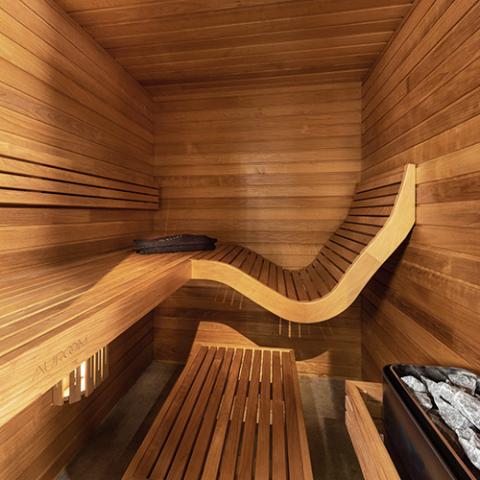Getting The Traditional Sauna To Work
Getting The Traditional Sauna To Work
Blog Article
Not known Facts About Traditional Sauna
Table of ContentsFacts About Traditional Sauna RevealedOur Traditional Sauna StatementsRumored Buzz on Traditional SaunaTraditional Sauna Fundamentals ExplainedTraditional Sauna Things To Know Before You Get This
The majority of the weight shed in a sauna is water loss and is re-gained upon rehydrating. Without a question sauna can be an important component of a healthy weight loss program. To look at the distinctions in between traditional and IR saunas, I will certainly separate these right into verifiable, academic, and made distinctions.Therefore, the hottest factor in the saunawhich goes to the ceiling directly over the sauna heateris usually between 185 and 190 F. Claims that a standard sauna exceeds 200 F is just not true and not applicable for electric saunas offered in the United States. The temperature for a far-infrared sauna is usually set in between 120 and 140 F; however, unlike the typical sauna, the goal in and IR area is not to accomplish a high temperature level.
As a result of this, the temperature distinction is virtually unnecessary, because extreme sweating leads to both sauna kinds, but the technique of warming the body is different. In an IR sauna the bather will certainly feel warm and will sweat profusely, yet at a lot lower temperatures (Traditional Sauna). Hence, if the goal is to spend longer periods of time in the sauna, the IR sauna is a good selection
When a standard sauna has actually been appropriately heated, the sauna walls are warm, the air temperature has actually attained set temperature level and the rocks are incredibly heated. As an interesting side note, the heated walls and the rocks are discharging far-infrared heat, combined with the warmed air, to develop an "wrapping up heat".
The Single Strategy To Use For Traditional Sauna

When the heat is attained, the elements cycle on and off to keep the heat. Most traditional sauna users enjoy putting water over the rocks to develop vapor to increase sauna humidity degrees. The advantages of putting water over the rocks include: making the room much more comfortable, dampening the nasal passages, and enabling the usage of aromatherapy by mixing essential oils with the water.

When the power goes into the body, it creates the body temperature level to enhance and inevitably leads to perspiration. In an infrared sauna it is necessary for the emitters/heaters to continue to be on virtually frequently. Given that there is no mass of rocks to keep warm, the sauna will certainly cool if the emitters shut down.
As mentioned above, the sauna bather in an infrared space intends to position himself before operating emitters to get optimal gain from the heat. The home heating time for the two spaces can be very different, depending upon how the rooms are used. For a conventional sauna, a bather needs to allow 30-40 minutes for the space to attain a wanted temperature and to appropriately pre-heat the rocks.
Traditional Sauna Things To Know Before You Buy
A well constructed sauna will commonly attain a temperature level of 150-160 F in regarding 30-40 minutes. For hotter temperatures, the area might need to warm for a longer period.

Standard saunas often tend to be bigger (thus use even more electricity) than infrared saunas, although typical saunas are absolutely offered in one and two person dimensions as well. For a two-person typical sauna, 5x6 or 5x7 size is most preferred. The top bench can easily seat two or 3 people and is additionally enough time to relax during the sauna session.
Getting My Traditional Sauna To Work
The average expense per kWH of electrical power in the united state is approximately $0.11, so a 4.5 kW heater will certainly cost approximately $.50 to run for one hour, if the heating unit runs constantly for one hour. Usually a sauna heating system will certainly compete 75% of the first hour and 50% of subsequent hours on considering that the elements cycle once the established temperature level is achieved.

There is a rarely discussed distinction in the social experience in between the more helpful hints two rooms. While our society has shed several of the social benefit of the traditional sauna experience, it can be really socially rewarding (Traditional Sauna). From family members time in the sauna, to heart-felt discussions with substantial others, to sauna partiesthe conventional sauna experience can result in intimate socializing
Some Known Facts About Traditional Sauna.
A lot of greater end infrared spaces consist of tinted light treatment, sound systems and full-glass fronts.
Report this page